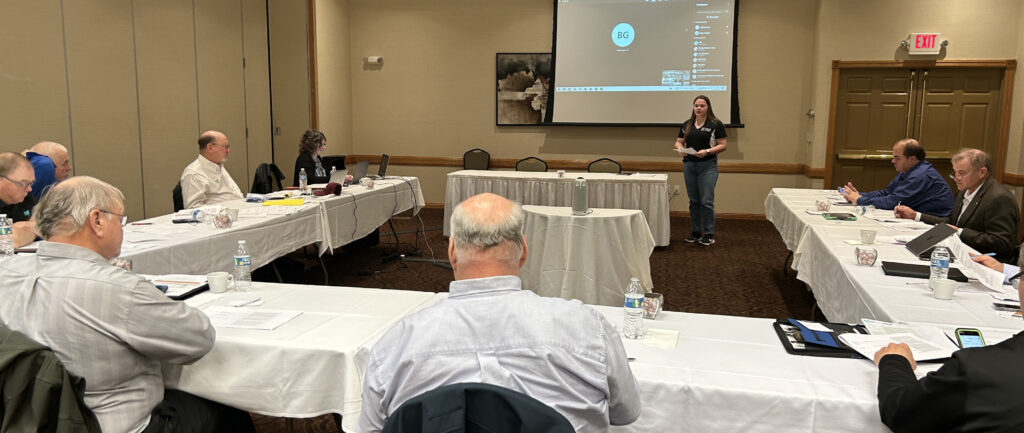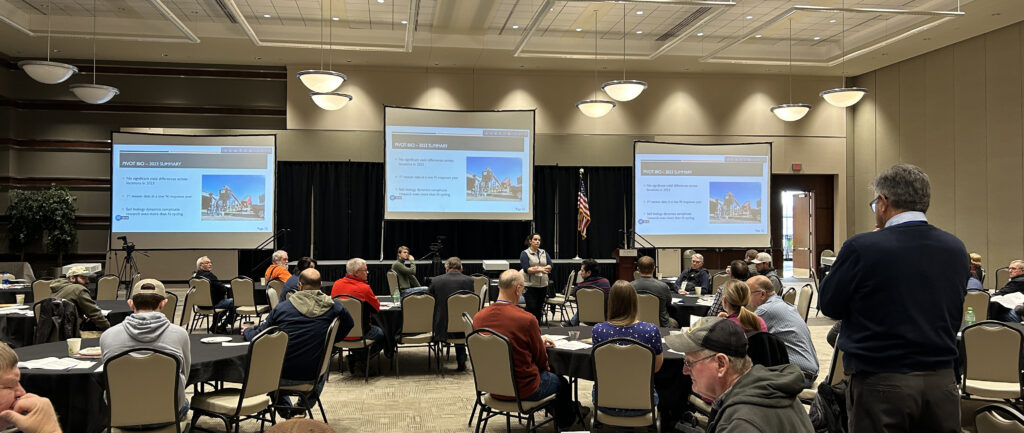 Soil pH is technically defined as the negative log of the hydrogen ion concentration.
Soil pH is technically defined as the negative log of the hydrogen ion concentration.
Ok, before you quit reading, this means soil pH is a number from 1 to 14 and the lower the number the more hydrogen you have. The more free hydrogen, the more acidic a solution, including the soil solution, will be. The less free hydrogen, the more alkaline a solution will be. It is also an indication of the Hydrogen/hydroxide balance in a solution. When paired equally, hydrogen (H+) and hydroxide (OH-) produces a neutral pH solution, aka water. A pH of 7 indicates the soil solution is balanced, or neutral.
But wait a minute, last week, we read the plant required hydrogen, and if the solution is neutral, then would hydrogen be tied up, and not available? Well, the soybean plant takes up water, daily if not hourly, and that water is hydrolyzed to produce hydrogen and hydroxide. The hydrolysis rate is so high, we seldom, if ever, actually see a hydrogen deficient plant. We have discovered, through research, we can successfully produce a soybean crop in soils with a pH range from 4-9. The real issue isn’t the actual acidity or alkalinity of the soil, but what happens to the availability of other nutrients, and some toxins, as soil pH changes (Figure 1)
The above figure represents the nutrient availability for all crops. Soybeans aren’t all crops. Optimal soil pH for soybean production in Minnesota is slightly acidic, 6.0-6.8. If soil pH is too acid or too alkaline, phosphorus and other nutrients will start to have availability issues. Another issue associated with non-optimal soil pH is toxicity. At low soil pH, Aluminum, iron (required) and manganese (required) will reach toxic levels in some soils. At excessively high soil pH, sodium (thought to be required by some) and boron (required) may reach toxic levels.
So Frank’s previous statement “if it ain’t biologically available, it’s a rock” has another implication. We need the correct amount of nutrient, available when it is needed; Too much too soon, too late or too whatever may become a crop production issue. If excess nutrient is available, it may not always be a blessing.







